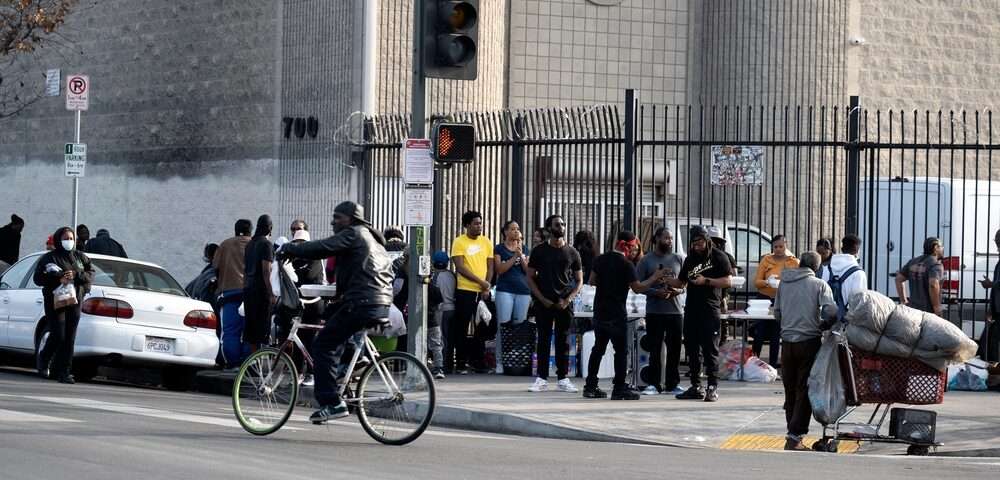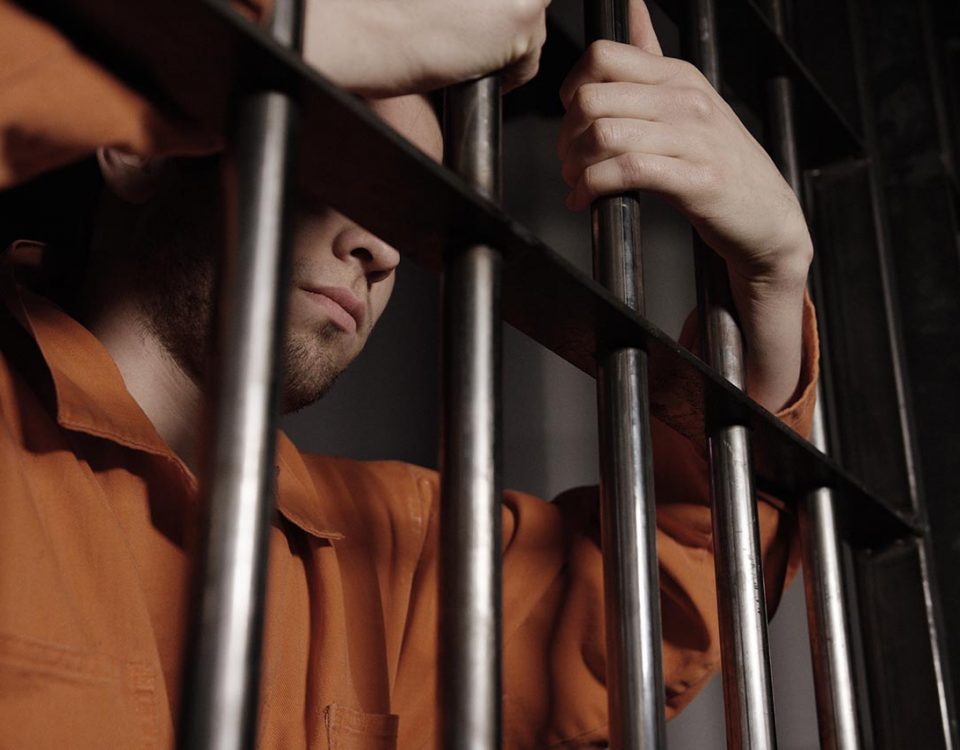Skid Row is a stark microcosm of socioeconomic strife located in the middle of urban environments. This impoverished community represents the convergence of addiction, homelessness, and mental health issues. The high rate of substance addiction in this community—often referred to as "skid row drug use"—makes life more complicated for those who live there. This vulnerability cycle creates a maze of challenges that must be addressed to maintain a strong barrier to stability. Banyan’s California rehabs aim to investigate the complex dynamics of Skid Row drugs and addiction, highlighting the need for comprehensive, community-based solutions and illuminating its wide-ranging effects.
What Is Skid Row?
Skid Row is a term used to describe a particular section of urban areas, usually larger cities, that has a high concentration of homelessness, poverty, and misery. During the Great Depression, the term's original usage in the United States was to describe a downtown Los Angeles neighborhood. The phrase has evolved over time to refer to comparable neighborhoods in other American cities as well as other countries. Skid Row neighborhoods are frequently identified by decaying structures, temporary shelters, and a noticeable concentration of vulnerable people battling mental illness, addiction, and homelessness. Governments and advocacy organizations have tried to address the structural problems that underlie Skid Row communities, but the neighborhoods remain a sobering reminder of the larger problems associated with urban deterioration and poverty.
Beyond its geographical meaning, the name "Skid Row" has come to represent urban decay and societal neglect more broadly. It draws attention to the intricate interactions between structural problems, insufficient social services, and economic inequality that sustain these zones of poverty. Various strategies are frequently used in the rehabilitation of Skid Row communities, such as affordable housing, mental health care, drug treatment, and job training programs. But addressing the underlying structural problems that sustain urban destitution will take concerted efforts from communities, non-profits, and governments, making the answers to the problems raised by Skid Row far from simple.
Does LA Still Have a Skid Row?
Yes, Los Angeles still has a Skid Row. It remains one of the most well-known and extensive areas in the United States associated with homelessness and urban poverty. The Skid Row, Los Angeles, neighborhood is in downtown Los Angeles and is characterized by a high concentration of homeless individuals, makeshift shelters, and social service providers. Despite various efforts by both governmental and non-profit organizations to address homelessness in the city, the challenges persist, and Skid Row remains a stark testament to the broader issues surrounding homelessness and urban inequality. It is important to note that while some progress may have been made in intervening years, the problem of homelessness is deeply complex and requires sustained, multifaceted efforts to bring about meaningful change.
Understanding the Impact of Skid Row Addiction
Skid Row, with its concentrated population of marginalized individuals, is particularly susceptible to issues related to addiction, including drug use. The problems that people who are already dealing with homelessness, mental health disorders, and unstable employment encounter are exacerbated by substance misuse. The prevalence of skid row drug use in Skid Row communities has wide-ranging consequences, affecting individuals, families, and the community at large. Some key points to consider include:
- A cycle of vulnerability: Skid-row drugs exacerbate addiction's grip, making it even harder for individuals to break free from the cycle of homelessness. Misuse of substances can make mental health issues worse and make it more difficult to find steady housing or a job.
- Health complications: Drug usage in Skid Row can result in a number of health issues. This population has a greater prevalence of infectious diseases and chronic illnesses due to unhygienic settings and lack of access to quality medical care.
Skid Row drugs influence many people than just the one who is abusing drugs. It spreads throughout the neighborhood, taxing the community's already meager resources and obstructing initiatives to make the neighborhood a safer, more encouraging place for all citizens. Drug use on Skid Row can also lead to a pattern of participation in the criminal justice system because users may resort to illicit acts to fund their addictions, which feeds the cycle of incarceration and re-entry into an unstable environment. Addiction in Skid Row, LA, requires a multifaceted strategy that includes treatment access, mental health services, and stable housing options.
A Beacon of Hope at Our Palm Springs Rehab
At our Southern California Rehab, our team of compassionate and capable professionals is here to offer support during hardship. Here, we work to offer a haven of healing and support amidst the struggles of addiction and Skid Row. By offering individualized addiction treatment programs, empathetic care, and dedication to overall health, our goal is to end the cycle of vulnerability that traps so many people. Our committed crew is prepared to assist people in finding a road to recovery and stability because they comprehend the complex interactions among addiction, homelessness, and mental health issues. From medical detox to evidence-based therapy options, we have the resources to change lives.









